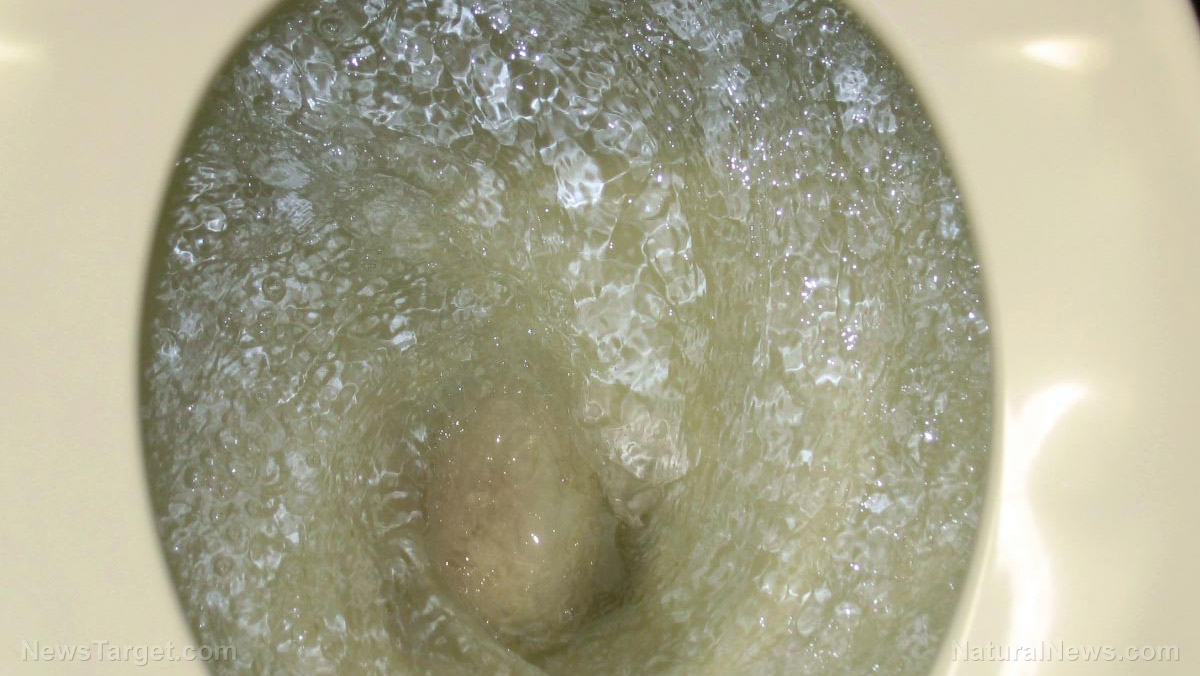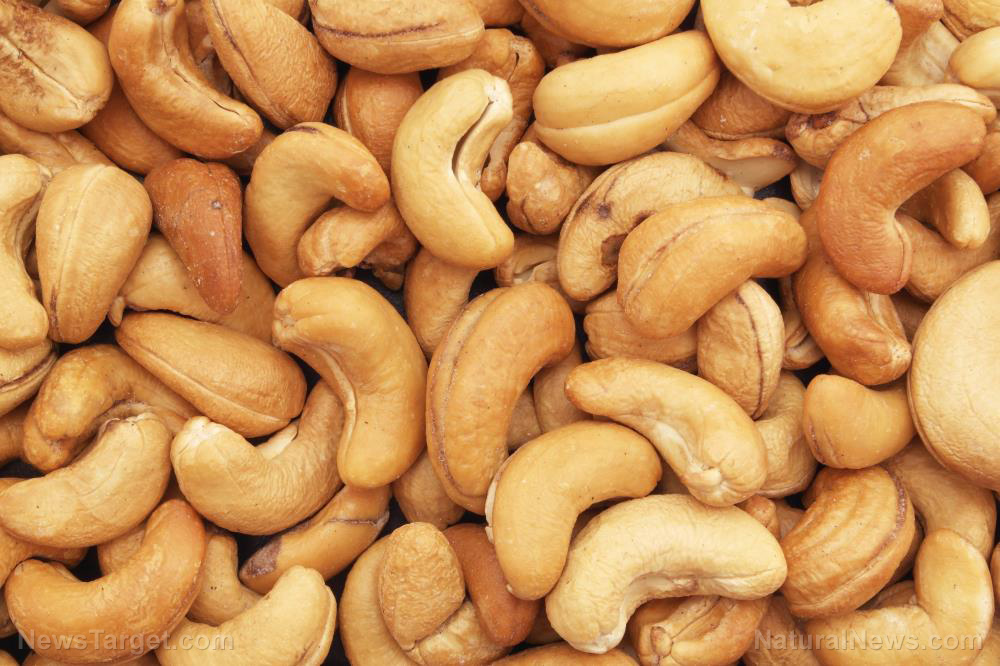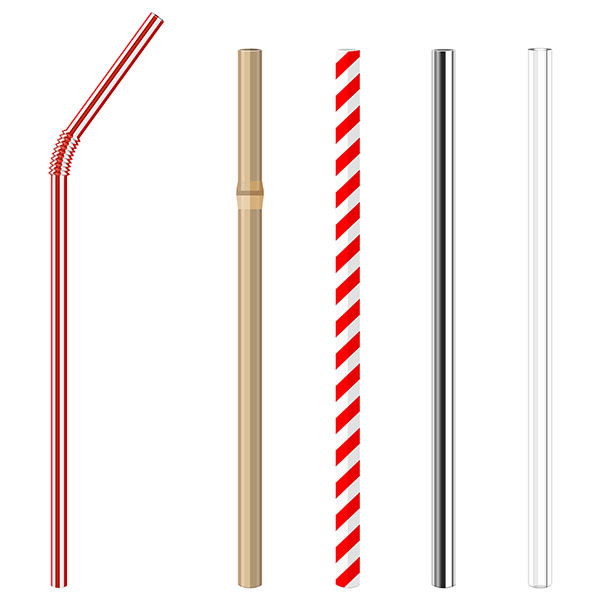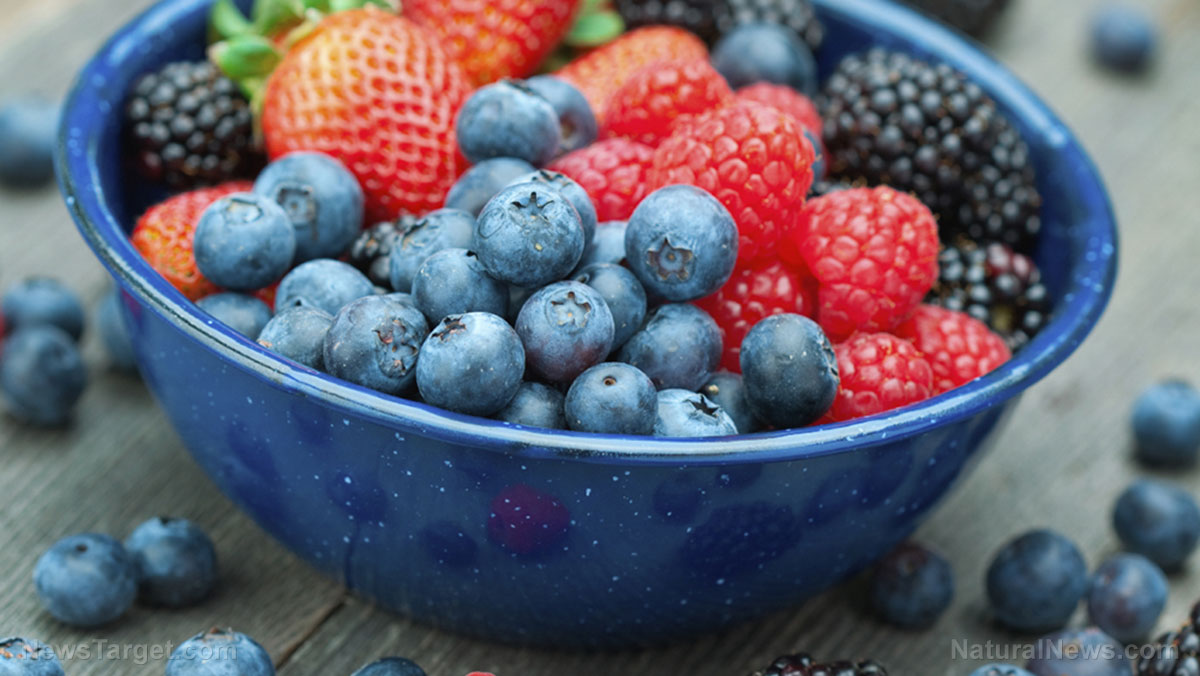
- Urine color and frequency are real-time health indicators, often overlooked in favor of more glamorous wellness metrics.
- Hydration isn’t about chugging gallons — it’s about consistent, mindful sipping and balancing fluids with activity levels.
- Temperature, exercise, and even room ambiance play surprising roles in urinary health, influencing everything from dehydration to kidney function.
- The bladder thrives on routine: ignoring urgency signals can dull the body’s natural cues over time, leading to long-term dysfunction.
- Natural remedies like herbal teas and pH-balancing foods can prevent infections and maintain urinary tract harmony — without relying on pharmaceuticals.
The art of observation: What your pee is secretly saying
Simma-Chiang’s morning ritual isn’t just about relief; it’s about reconnaissance. “I observe the color and quality of urination to get an idea of how hydrated or dehydrated I am,” she says. That “quality” includes more than just shade — it’s about flow rate (is it hesitant or steady?), odor (sharp or neutral?), and even the time of day (morning urine is naturally more concentrated). For most people, the ideal color is a soft lemonade — “light yellow,” in her words — though the spectrum from clear to dark amber tells a story of its own. If the urine is dark orange, dehydration is setting in - a sign the kidneys are conserving water at the expense of toxins. If the urine is clear as a mountain stream, you might be over-hydrating, diluting essential electrolytes. If it's pink or red, there is possible blood or infection. Cloudy urine with a foul odor indicates a potential UTI brewing, demanding immediate action. Simma-Chiang’s habit of checking in with her bladder multiple times a day isn’t obsessive; it’s a dialogue. “Your body is built to signal to you,” she notes. “When you have urgency, it’s a signal. Ignore it too often, and those signals fade.” This kind of bodily literacy was once commonplace. Ancient Egyptian medical papyri described urine’s diagnostic power in vivid detail (one text from 1550 BCE classified 20 different urine types by color and consistency). Medieval doctors relied on “uroscopy” — examining urine’s hue, sediment, and even taste (mercifully, that last practice has fallen out of favor). Today, we’ve outsourced that wisdom to lab tests and doctors’ visits, but Simma-Chiang’s approach suggests we’d do well to reclaim it. The bladder, after all, doesn’t lie. It doesn’t care about your deadline or your social anxiety around public restrooms. It just needs.Beyond water: The hidden factors shaping your urinary health
Hydration is the headline act of urinary wellness, but Simma-Chiang’s routine reveals a more nuanced script. Take temperature, for instance. “A room that’s too hot or too cold will affect urination,” she explains. Heat triggers sweating, siphoning off fluids before they reach the bladder. Cold, meanwhile, forces the body to burn energy to stay warm, indirectly depleting hydration. It’s why office workers in Arctic-level air conditioning might find themselves strangely parched by 3 p.m., or why a sauna session demands extra water afterward. The bladder doesn’t operate in a vacuum; it’s part of a delicate internal ecosystem where temperature, movement, and even stress play supporting roles. Then there’s exercise — a double-edged sword. While it boosts circulation and kidney function, it also demands more from the urinary system. “During exercise, your heart rate increases, and more blood pumps through the body,” Simma-Chiang says. “The kidneys have to filter that blood, so drinking water helps them do their job.” Yet many people guzzle fluids after a workout, when the kidneys are already playing catch-up. Her advice? Sip consistently during activity, even if you’re not sweating. It’s a lesson borrowed from endurance athletes, who know that thirst is a lagging indicator — by the time you feel it, dehydration has already set in. Food, too, writes its own chapter in the urinary story. Acidic diets (heavy on meat, dairy, processed foods) can irritate the bladder lining, while alkaline foods (leafy greens, cucumbers, melons) soothe it. Simma-Chiang’s trick? Testing her first-morning urine and post-meal pH with strips, aiming for a range between 7 and 14 (alkaline). “Morning urine is naturally more acidic,” she notes, “but if it stays that way all day, your diet might need adjusting.” It’s a small habit with big implications: chronic acidity is linked to kidney stones, UTIs, and even bone loss, as the body leaches calcium to neutralize pH.A 5-step natural UTI treatment plan
Even the most diligent urinary stewardship can’t always prevent infections. But Simma-Chiang’s philosophy — listening to the body, supporting it naturally — extends to treatment, too. Before reaching for antibiotics (which can disrupt gut and vaginal microbiomes), there are ways to nip UTIs in the bud.- Cranberry green tea blend: Why it works: Cranberries contain proanthocyanidins (PACs), compounds that prevent bacteria like E. coli from clinging to bladder walls. Green tea adds EGCG, a potent anti-inflammatory. How to use: Steep 1 tbsp dried cranberries + 1 tsp loose green tea in hot water for 10 minutes. Drink 2–3 cups daily at the first sign of symptoms.
- Apple cider vinegar (with the “mother”) Why it works: The acetic acid creates an inhospitable environment for bacteria, while the “mother” (a colony of beneficial bacteria) supports gut health, indirectly aiding immunity. How to use: Mix 1 tbsp raw, unfiltered ACV in 8 oz warm water. Drink once daily until symptoms subside. Caution: Dilute always — undiluted ACV can erode tooth enamel.
- Oat straw tea Why it works: A nervine tonic, oat straw soothes irritated bladder tissues and reduces urgency. It’s also rich in silica, which strengthens urinary tract linings. How to use: Simmer 1 cup dried oat straw in 4 cups water for 20 minutes. Strain and sip throughout the day.
- Barberry herb concoction Why it works: Barberry contains berberine, a compound with antibiotic-like effects against UTI-causing bacteria. Studies show it’s as effective as some pharmaceuticals for mild infections. How to use: Simmer 1 tsp dried barberry root in 1 cup water for 10 minutes. Drink 1–2 cups daily. Note: Avoid if pregnant or on blood thinners.
- Saw palmetto berry extract Why it works: While often associated with prostate health, saw palmetto improves urinary flow and reduces inflammation in both men and women. How to use: Take 160–320 mg of standardized extract daily until symptoms resolve.
- Pro tip: Pair these with heat therapy (a heating pad on the lower abdomen) to ease discomfort, and avoid sugar, which feeds bacterial growth.
Revolutionizing medicine: How nutrition prescriptions are transforming health outcomes
By Belle Carter // Share
Beyond trail mix: Experience the nutritional benefits of Organic Raw Cashews
By HRS Editors // Share
Microgreens: More nutrition packed in baby lettuce
By News Editors // Share
Drinking straw: An overlooked survival tool with many uses
By Evangelyn Rodriguez // Share
FDA ends emergency vaccine mandates: Independent doctors celebrate “return to sanity”
By Willow Tohi // Share
An invisible assault: How everyday heavy metals sabotage brain health
By willowt // Share
Pentagon warns of China's rapidly expanding nuclear arsenal
By kevinhughes // Share
FCC grounds new Chinese drones in sweeping security move
By avagrace // Share
The methylation switch: Scientists identify diet that can turn back the cellular clock
By jacobthomas // Share
Renaissance or Ruin: A wake-up call for cultural revival and self-sufficiency
By kevinhughes // Share
Weight loss in midlife may trigger brain inflammation, study finds
By avagrace // Share











